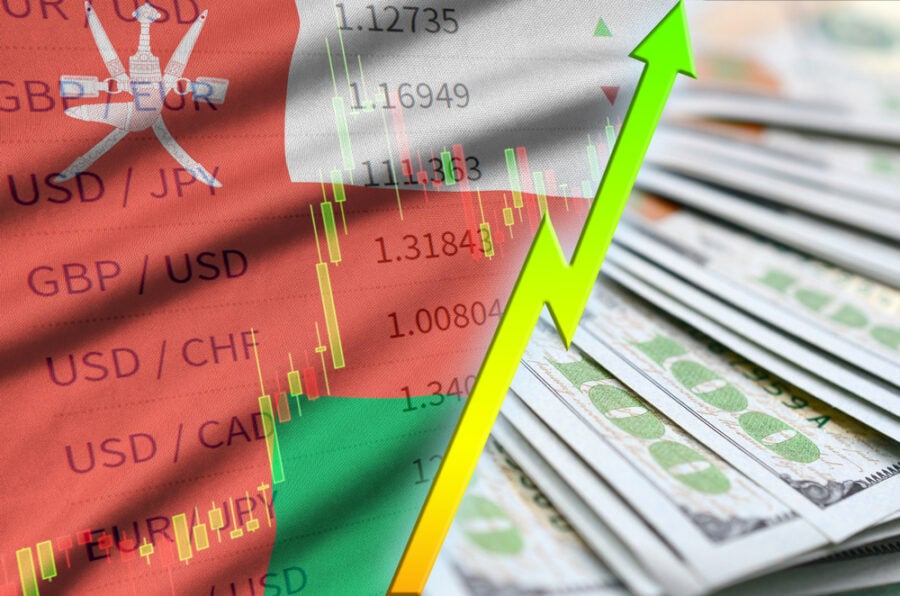The International Monetary Fund (IMF) announced that Oman’s economic recovery is gaining momentum, supported by a recovery in the hydrocarbon sector and the easing of social restrictions imposed during the COVID-19 pandemic.
This came in a statement issued by the IMF mission led by Danny A.L. Kanda, following the conclusion of its discussions in Muscat within the framework of Article IV consultations for 2022.
The IMF predicted that the Gulf state’s fiscal reforms and higher oil prices would boost economic growth and achieve a budget surplus in the medium term.
Kanda said Oman’s economy is set to expand by 4.3 percent in 2022, supported by increased hydrocarbon production and continued recovery of non-hydrocarbon economic activity.
“The authorities continue to move forward with the implementation of a wide range of structural reforms under Oman Vision 2040, with the aim of achieving strong, job-rich, and sustainable private-sector-led growth to provide opportunities for job seekers and ensure higher living standards for them,” Kanda said.
Meanwhile, inflation has been contained in Oman so far, partly reflecting restrictions on selected fuel prices, the International Monetary Fund (IMF) said.
“The recovery in economic activity and high global inflationary pressures are expected to raise average inflation to 3 percent in 2022 given the relatively high dependence on imports and the high weight of tradable goods in the CPI basket,” Kanda said.
He pointed out that the direct repercussions on the Omani economy from the war in Ukraine were “limited”.
According to the statement, “Financial and external balances have registered a significant improvement thanks to the rise in oil prices and fiscal consolidation efforts within the framework of the medium-term fiscal plan approved by the authorities. The total balance of the central government increased by 12. 8 percentage points of GDP bringing the deficit to 3.2 percent in 2021, mainly due to higher hydrocarbon revenues, restriction of spending, and the introduction of VAT.
“Fiscal and external surpluses are expected to be achieved during 2022 and in the medium term. Central government debt fell to 62.9 percent of GDP in 2021 and is expected to decline to about 44 percent of GDP in 2022. The relentless implementation of the medium-term fiscal plan and continued work to strengthen fiscal frameworks will contribute to improving fiscal sustainability.”
The IMF noted that Oman’s banking system has performed relatively well in the face of recent shocks, but that the growth of credit to the private sector has remained weak.








